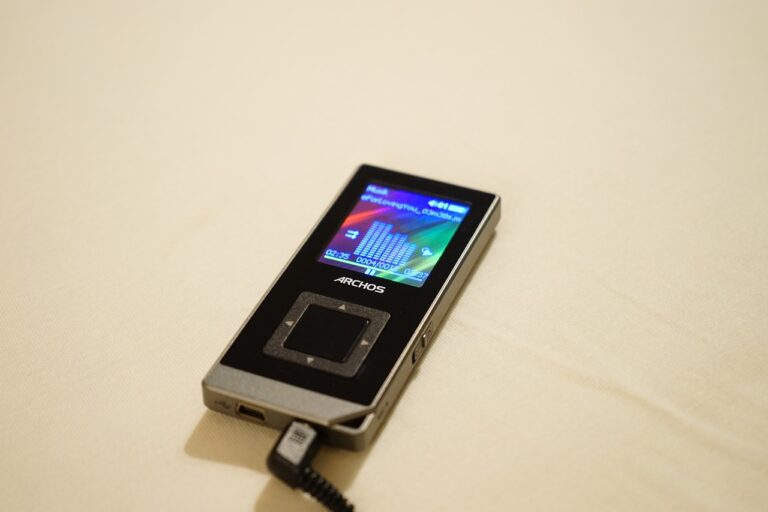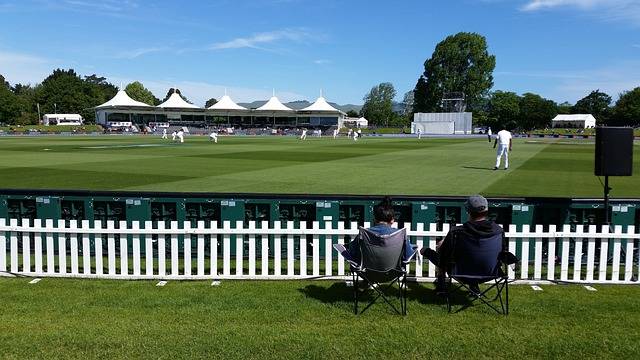Evolution of Broadcasting Rights in IPL: A Historical Overview
11xplay pro, diamondexch9, sky exchange bet:The Indian Premier League (IPL) has become one of the most popular and lucrative cricket tournaments in the world since its inception in 2008. With a huge fan following and top players from around the globe participating, the broadcasting rights for the IPL have been a significant component of its success. Let’s take a trip down memory lane and explore the evolution of broadcasting rights in the IPL.
In the beginning…
When the IPL was launched in 2008, Sony Pictures Network India (SPNI) won the bid for the broadcasting rights. They secured a ten-year deal for a whopping $1.03 billion, ensuring that cricket fans across India could watch their favorite teams battle it out on their screens.
Expanding horizons…
As the IPL gained more popularity over the years, the broadcasting rights became a hot commodity. In 2017, Star India outbid SPNI with a staggering bid of $2.55 billion for the global media rights from 2018 to 2022. This deal not only included broadcasting rights for television but also for digital and international markets.
The digital revolution…
With the rise of digital platforms and the increasing trend of online streaming, the IPL saw a shift in broadcasting rights. In 2018, Hotstar, a subsidiary of Star India, acquired the digital rights for the tournament. This move allowed cricket fans to watch IPL matches live on their smartphones, tablets, and laptops, giving them more flexibility and convenience.
The advent of OTT platforms…
In 2022, with the growing popularity of Over-The-Top (OTT) platforms, the IPL struck a groundbreaking deal with Amazon Prime Video for streaming rights in the United States. This move marked a new era in broadcasting rights for the IPL, as it tapped into a wider audience base and catered to cricket fans outside of India.
Navigating the pandemic…
The COVID-19 pandemic brought about unforeseen challenges for the IPL, including disruptions in scheduling and hosting matches. Despite these hurdles, the broadcasting rights remained a crucial aspect of the tournament’s success. With safety protocols in place, the IPL managed to deliver high-quality entertainment to fans both on television and digital platforms.
Looking ahead…
As the IPL continues to grow and evolve, the future of broadcasting rights remains a key factor in its success. With new technologies and changing consumer preferences, the tournament will need to adapt and innovate to stay ahead of the game. Whether through traditional television broadcasting or the latest digital platforms, the IPL will continue to captivate audiences worldwide.
FAQs
Q: How are broadcasting rights in the IPL determined?
A: Broadcasting rights in the IPL are typically awarded through a competitive bidding process. Media companies bid for the rights to broadcast matches on television, digital platforms, and international markets.
Q: Can I watch IPL matches live on my smartphone?
A: Yes, you can watch IPL matches live on digital platforms like Hotstar and Amazon Prime Video, which offer streaming services for cricket fans on their smartphones, tablets, and other devices.
Q: Are there any restrictions on broadcasting IPL matches in certain regions?
A: The broadcasting rights for the IPL are usually sold regionally, so there may be restrictions on viewing matches in certain countries. However, with the global reach of digital platforms, fans can often access live streams from anywhere in the world.







